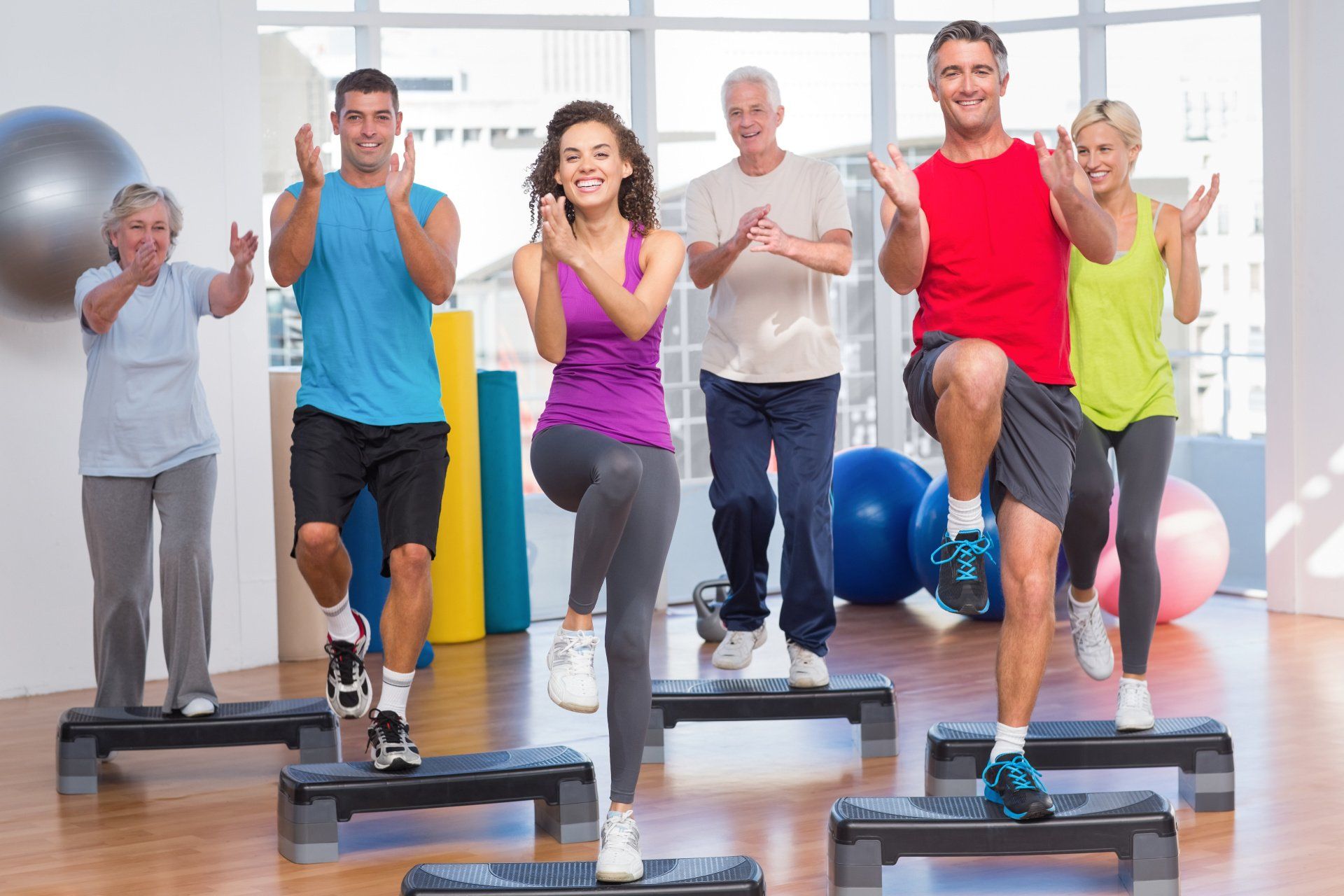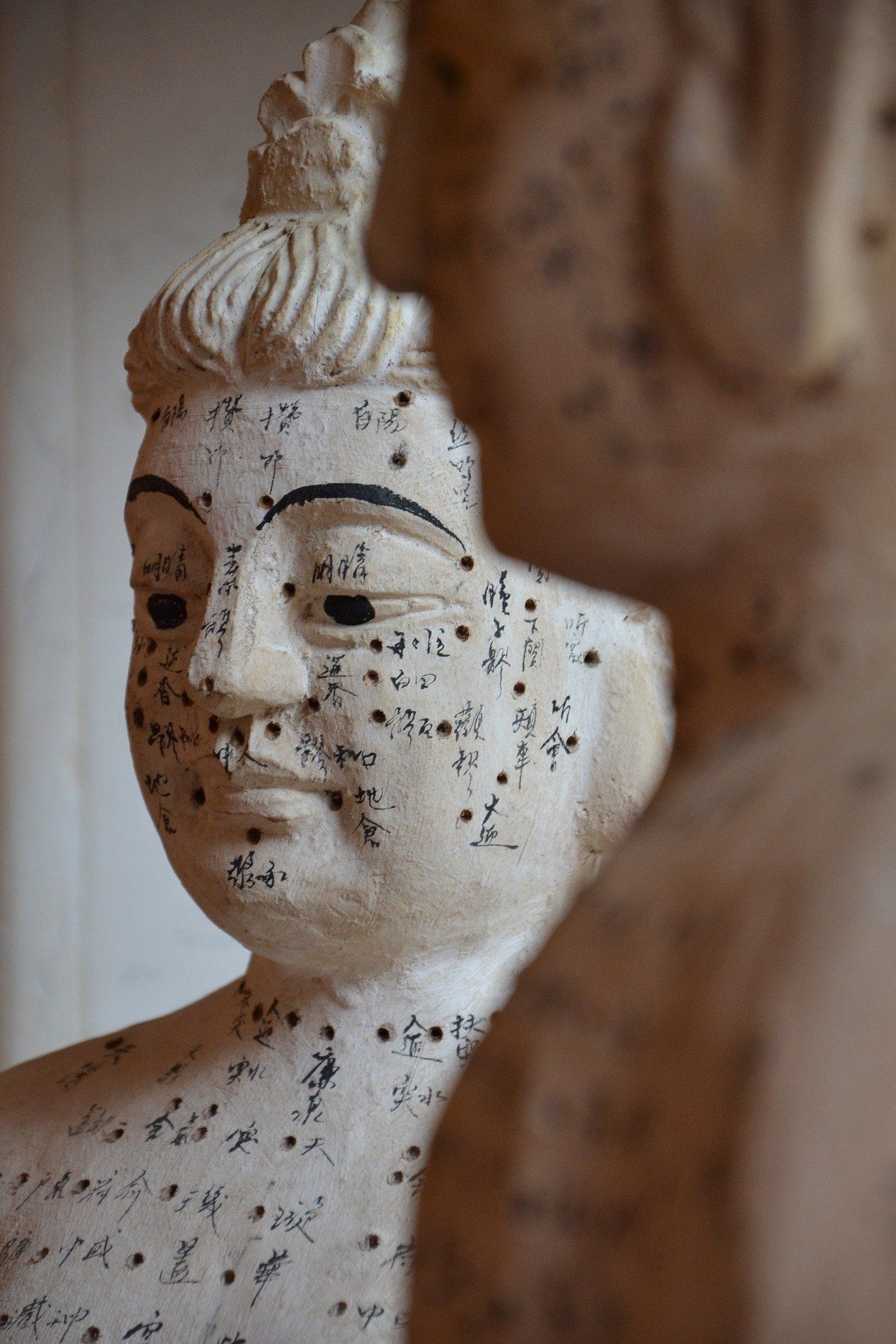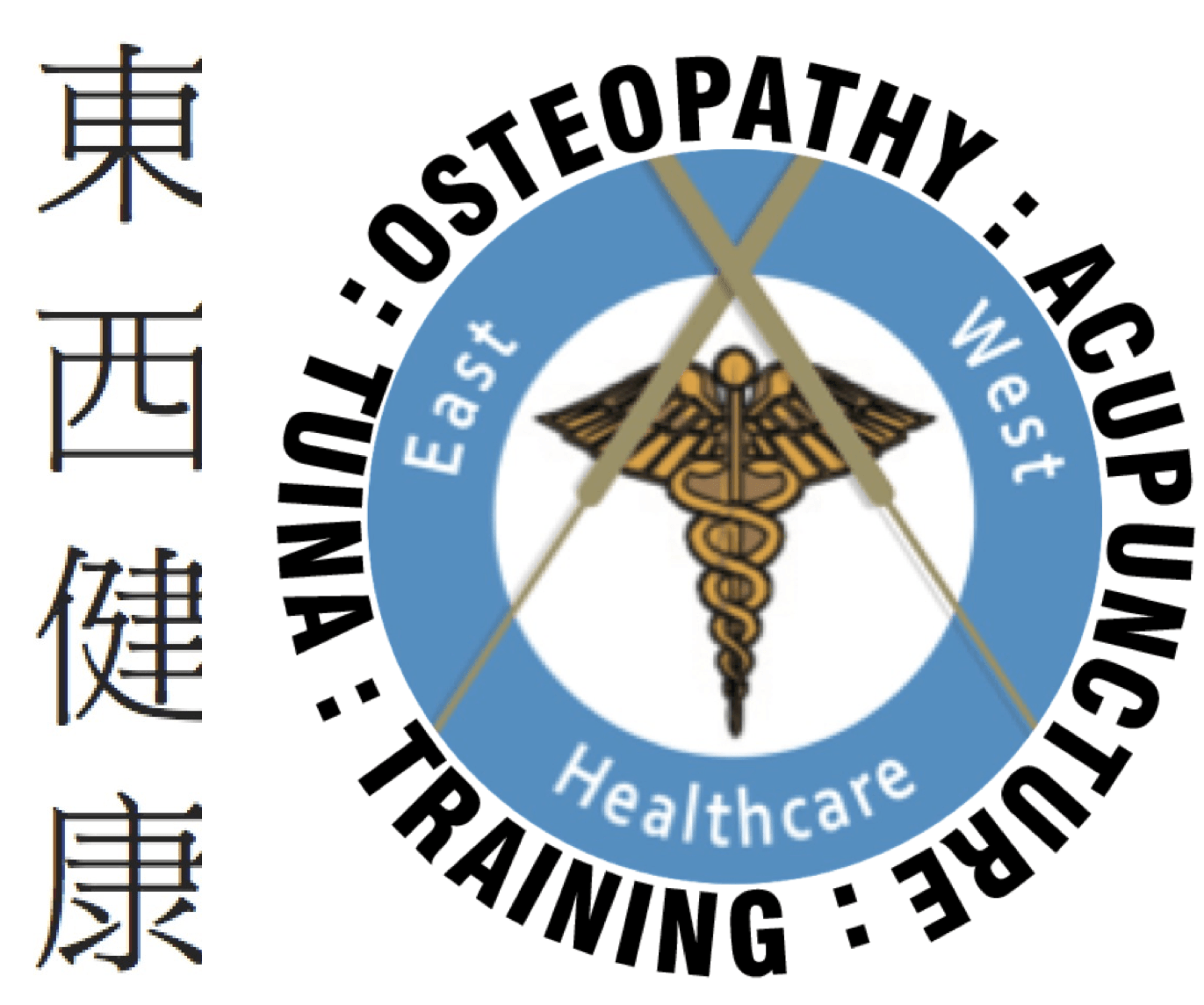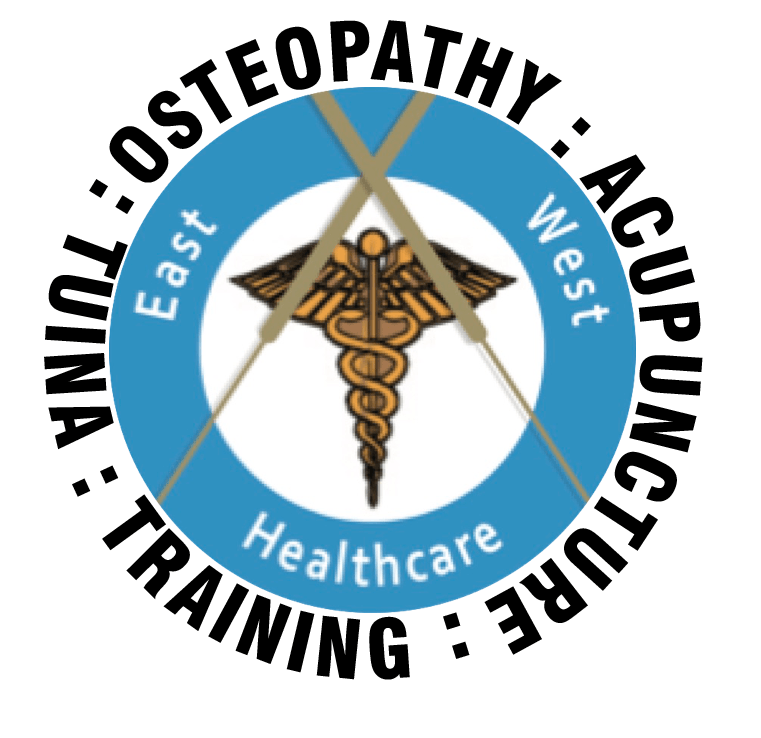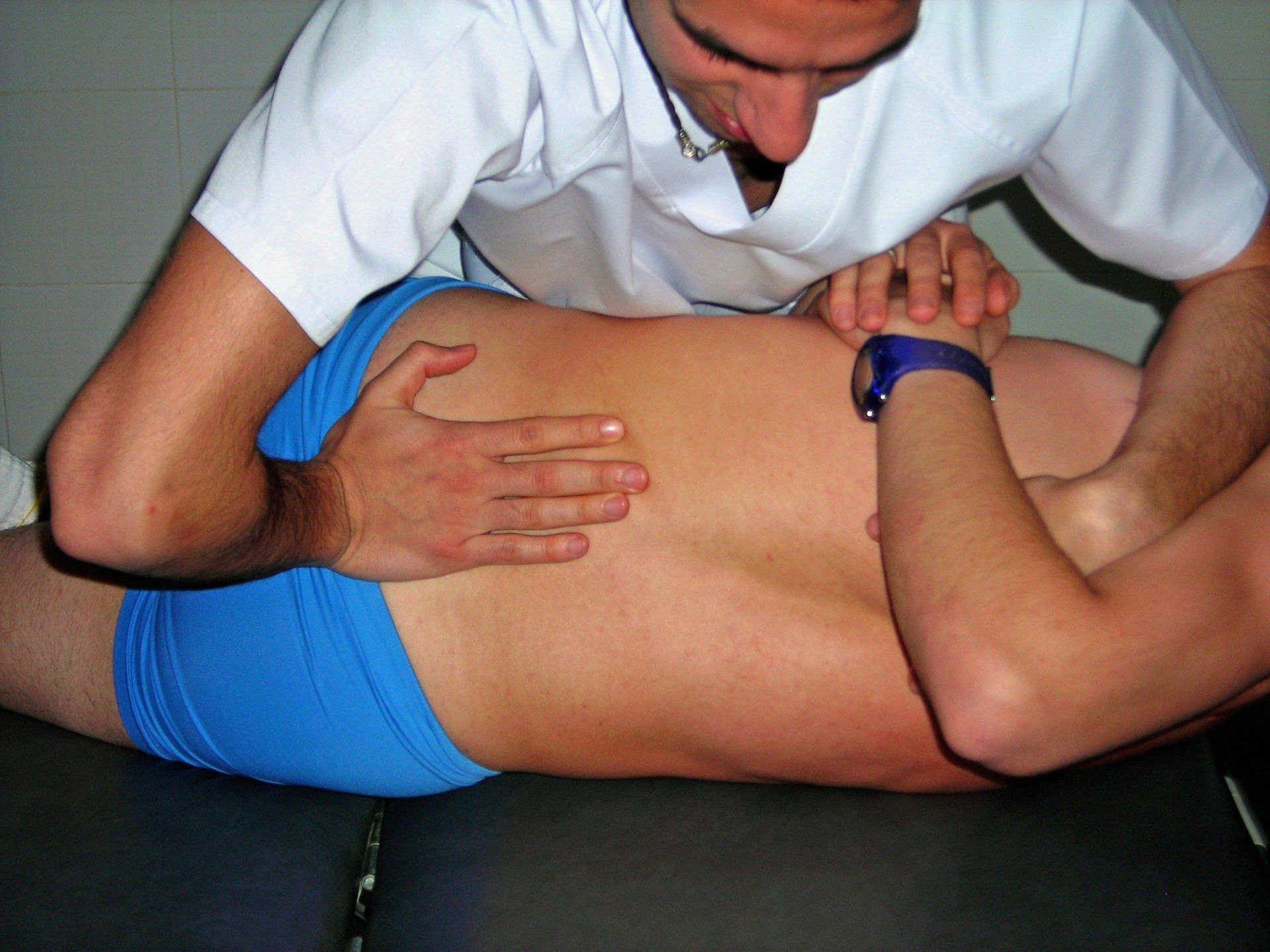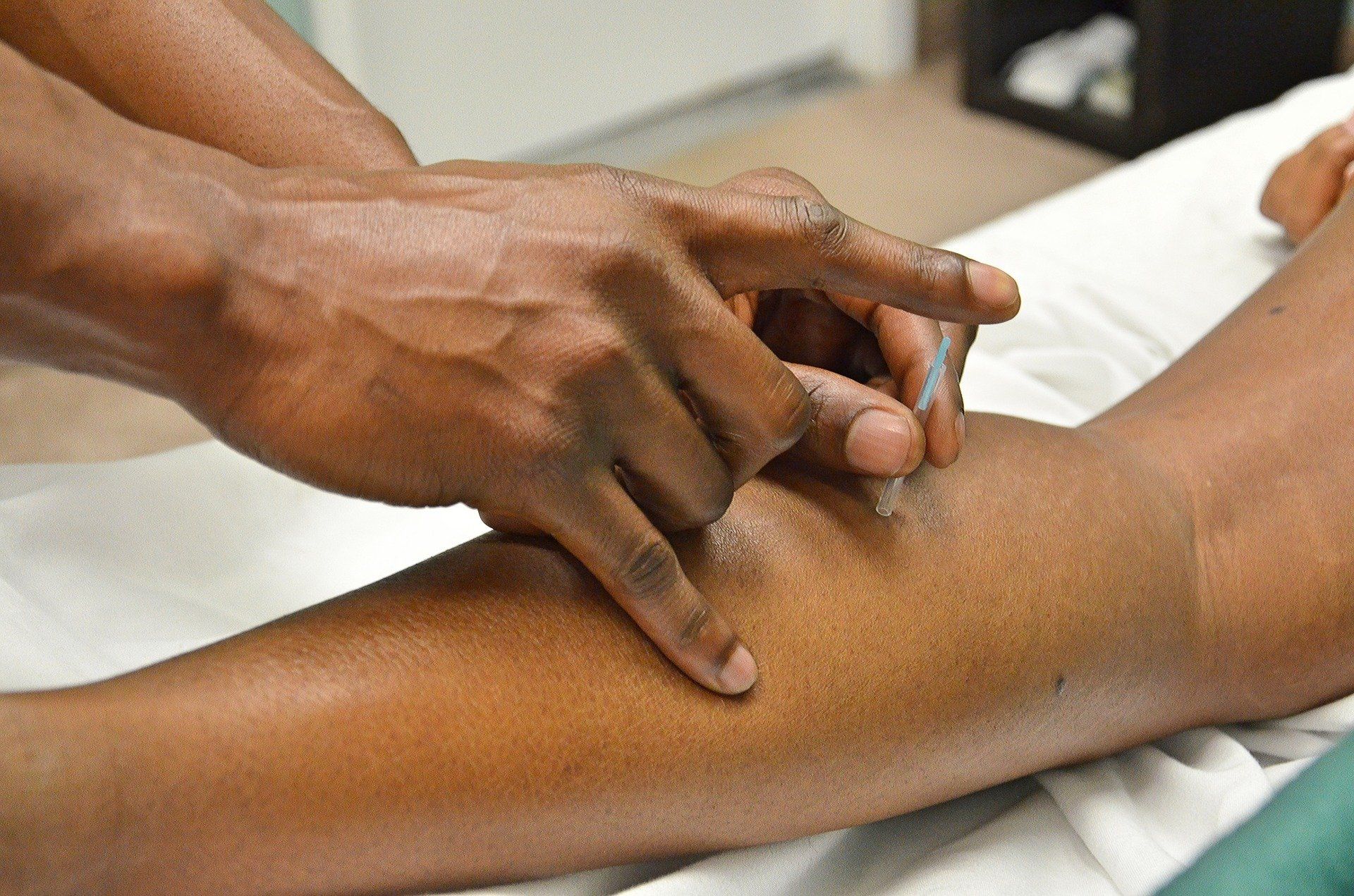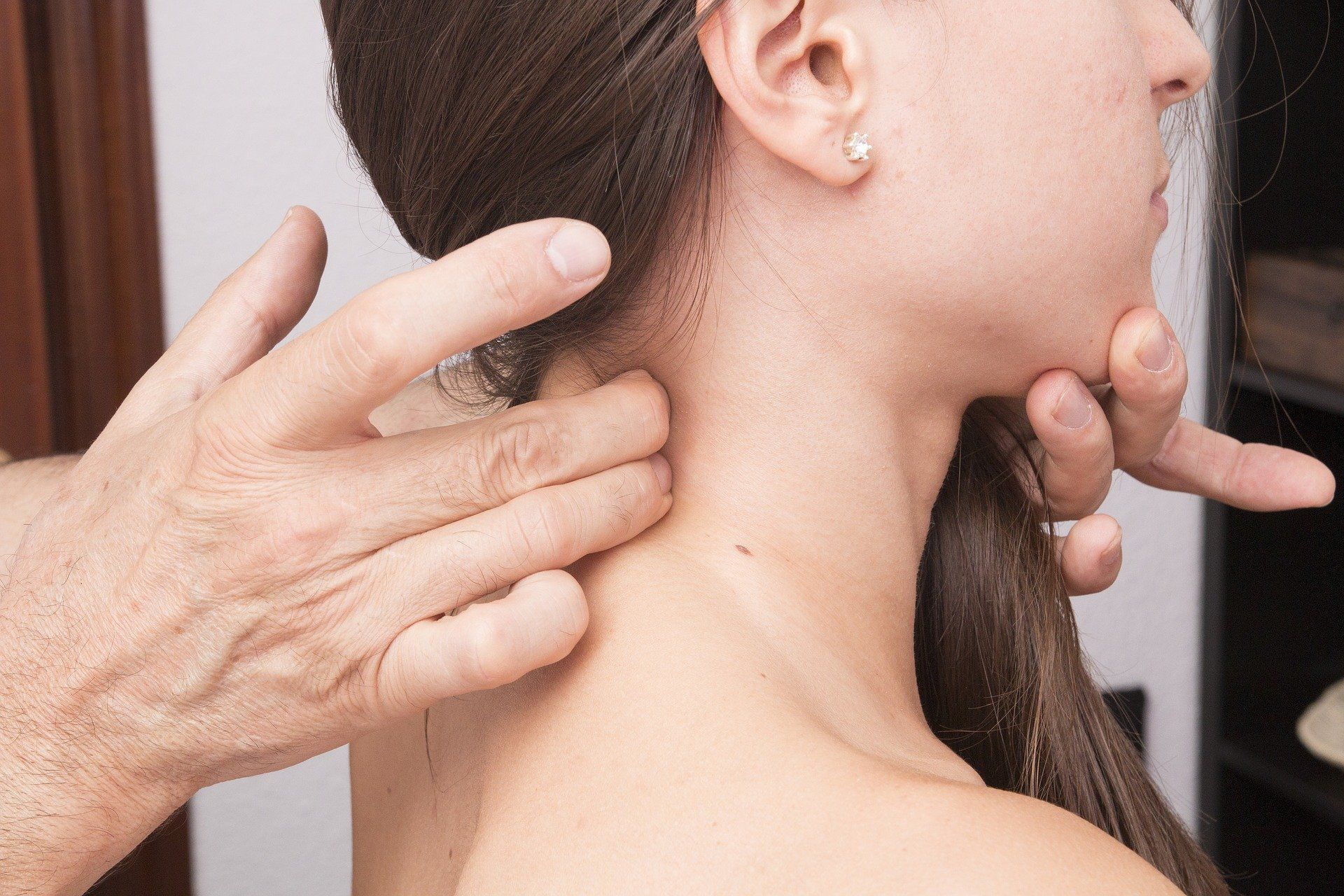Movement in Medicine 01 - why exercise is so important
A very big problem is that we are led to believe that to lose weight one must exercise, and the more you exercise, the more weight you will lose. Recent evidence has shown this to be false – exercise is a poor way to lose weight HOWEVER it is vital for our survival.
From the earliest days of Chinese health cultivation regular exercise, with its emphasis on balance and rooting the body as an integrated whole combining both breath and movement, was a given to maintaining health and longevity. However, balance should be maintained since according to Hua Tuo (a 3rd century physician) “The body should be exercised until it is tired, but this should not be carried to an extreme. As it is agitated (exercised) digestion improves and the circulation through the blood vessels is freed so that disease is unable to arise” (Deadman, 2016).
The need for exercise, however, goes back far beyond modern civilisation. In his 2016 paper in Scientific American, evolutionary biologist Professor Herman Pontzer commented on his observations whilst a PhD student in Kibale National Park. Against his pre-conceptions, chimpanzees’ daily routine revolved around 10 hours per day of eating, grooming, more eating, napping, eating and then sleeping for 9 hours – walking under 3km / day and probably only climbing about 100 meters (Pontzer 2019).
This lifestyle, in humans, would result in increased risk of cardiovascular and metabolic disease which are unheard of in our primate cousins who, with their leisurely lifestyle, have low BP, ultra-low risk of diabetes (even in captivity) and no atherosclerosis. Whilst working in Lincoln Park Zoon in Chicago Pontzer noted that chimpanzees have less than 10% body fat, similar to Olympic athletes – how does this happen?
He points out that our ancestors split from our primate cousins about 6 million years ago and that recent anthropological finds points to the fact that, between 2 and 4 million years ago, a crucial event occurred. Our hominin ancestors adopted an upright posture and, over the subsequent 1 million years, we developed basic tools, changed our plant-based diet to include meat and expanded out of Africa into Eurasia and Indonesia.
In an earlier blog we introduced the interrelationship between structure and function, however Pontzer points out that, in evolution, DIET IS DESTINY. For example. early mammals evolved a multistep process to make vitamin C. However, tens of million years ago our primate ancestors were so fixated on eating fruits high in vitamin C that genetic mutations and modifications occurred which resulted in the removal of the gene responsible for vitamin C synthesis – which meant that today’s primates – monkeys, apes and humans - cannot make vitamin C and that inadequate dietary vitamin c results in scurvy and death.
Pontzer believes that species who have evolved to eat foods that are plentiful and stationary (e.g. grass) need not travel far or be too clever to satisfy their nutritional needs. However, food that are hard to find and / or capture (e.g. animals) require many additional tasks including
· Travelling increased distances – carnivores on the African savanna travel three times further than their herbivore victims and fruit eating spider monkeys in central America travel 5 times further than their leaf-obsessed howler-monkey cousins that share the same environment;
· Increasing communication skills (requiring larger brains) and tighter communities willing to work together, and share the fruits of their labours, since they must work harder for their food;
· Requiring less sleep – humans on average only require about 7 hours a night – much less than our ape relatives – even in countries that do not possess modern lighting or night-time distractions.
Unlike our primate cousins who rarely hunt, humans do - in fact humans hunt A LOT. Another thing is that human metabolism is much higher than primates, built to burn more calories per day than apes and that, even in hunter gather societies, we have more body fat. Why is that?
Our faster metabolism is necessary to feed our much larger brain. Dr Pontzer goes on to cite Dr Raichlen’s work which puts forward the hypothesis that it rewards us for prolonged activity by producing endocannabinoids in response to aerobic exercise, since exercise causes the release neurotrophic molecules that promote brain growth.
Reinforcing the interplay between structure and function, our maximum power output is four times greater that that of chimpanzees (coming mainly from our leg muscles with a greater proportion of slow-twitch fatigue resistant fibres) and we have more red blood cells able to deliver greater oxygen to feed this metabolism.
Exercising muscles release hundreds of signalling molecules that reduces chronic inflammation (a key player in the formation of cardio-metabolic diseases including heart attacks, strokes and diabetes) and vital when our ancestors walked the savannah in bare feet eating potentially contaminated meat. Exercise also seems to lower resting levels of testosterone, oestrogen and progesterone together with improving insulin sensitivity. Exercise also improves the efficiency of our immune system to fight disease and helps clear fat from circulating blood.
Simply put, it seems exercise is a poor way to lose weight (as has been shown) but helps our metabolic engine run smoother thereby reducing the risk of the diseases of affluence so prominent in the West.
So is there a role for exercise in reducing weight. The answer is in fact yes. Strength training build up lean muscle mass and, although muscle weighs more than fat and initially may result in a slight weight gain, this is far offset by the positive effects. Muscle burns more calories, so your base metabolic rate increases with the greater muscle mass - this means that you will be able to eat more food.
The flip side is that if you go on a calorie controlled diet, but the calories are restricted too low - once the body has used up its glycogen and fat stores, it will then turn to the body's protein to make energy - which will result in less lean mass and possibly disastrous consequences. This will be the subject of a future blog.
Remember no one thing solves everything – a moderate exercise routine should be done in conjunction with whole food (minimally processed) food, fresh air and social support from family and friends. An integrative health-care model – one that has been observed for thousands of years by many cultures is are the mainstay of many traditional medicine practices including Ayurveda medicine from India, and Traditional Chinese Medicine.
This has more recently been “re-discovered” by integrative health and functional medicine - but supported by modern research and a current evidence base. As author Dr Dean Ornish, professor of medicine at University of California, San Fransisco succinctly puts it:
- EAT WELL;
- MOVE MORE;
- STRESS LESS;
- LOVE MORE.
On a final note, with modern research we are starting to understand how these processes come together – the fact that, whether genes get switched on (or off) depends more on the surrounding cellular environment than the genes we are born with. The fact that, instead of being a passive receiver of fates hand, we are the masters of our own destiny and can change the outcome (Bland, 2014).
References
Anding , R(2009) Nutrition Made Clear, The Great Courses, Virginia. Accessed via The Great Courses, www.thegreatcourses.com
Bland, J (2014) The Disease Delusion – conquering the causes of chronic illness for a healthier, longer and happier life, Harper Collins, New York
Deadman, P (2016) Live Well, Live Long – teachings from the Chinese Nourishment of Life Tradition, Journal of Chinese Medicine, Hive
Pontzer, H (2019) Evolved to Exercise (The New Science of Healthy Ageing – Original paper published in Scientific American, 320 (1); 20-27 (January 2019), Scientific American, New York
